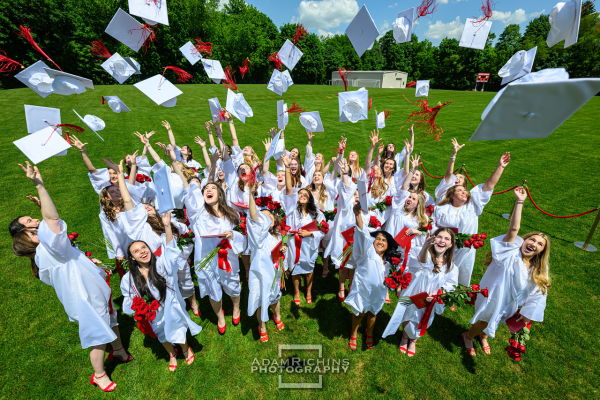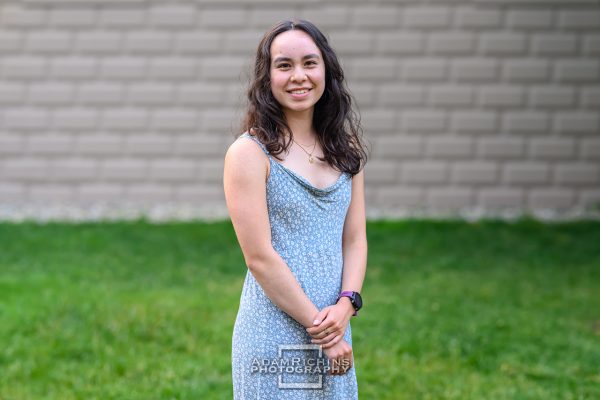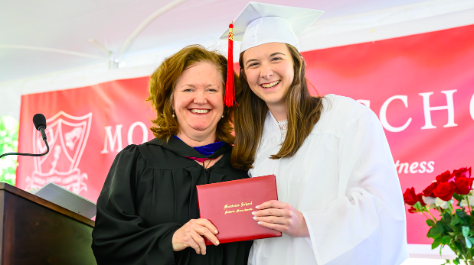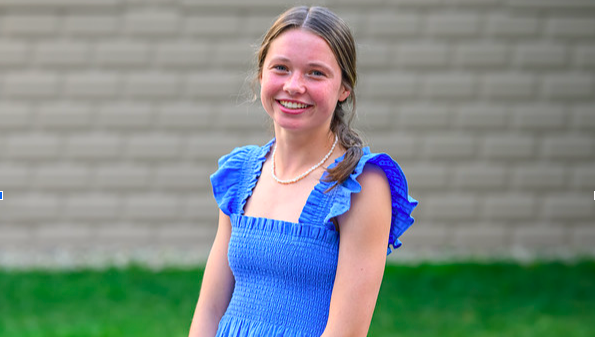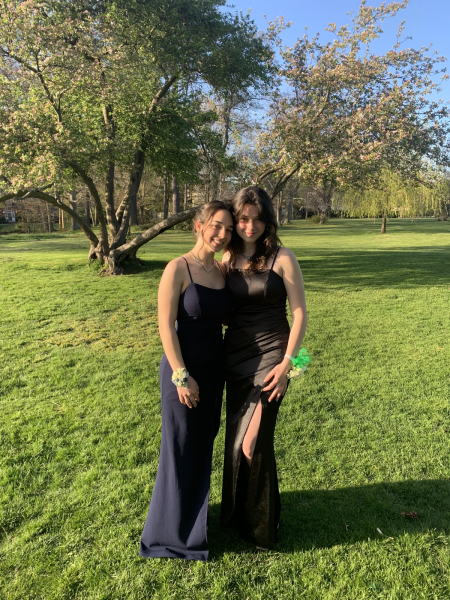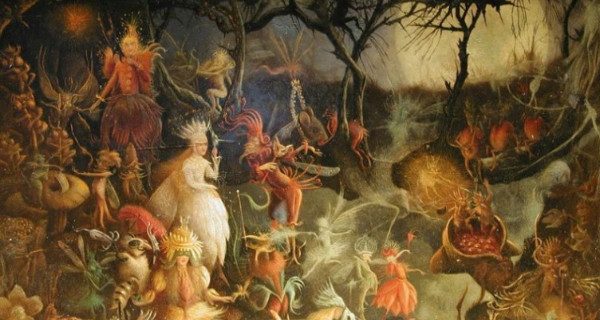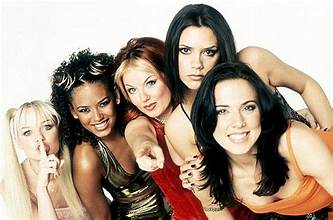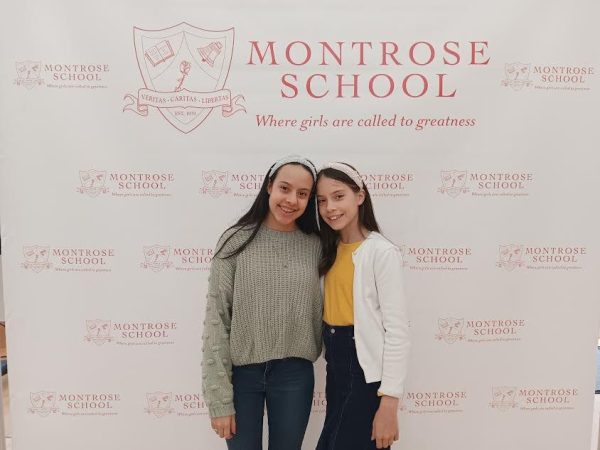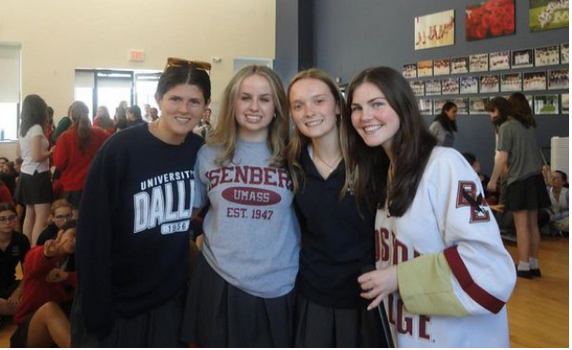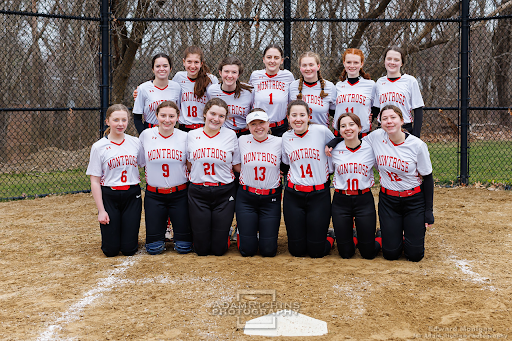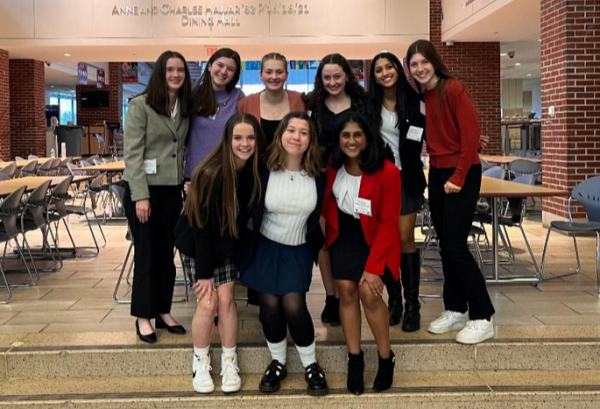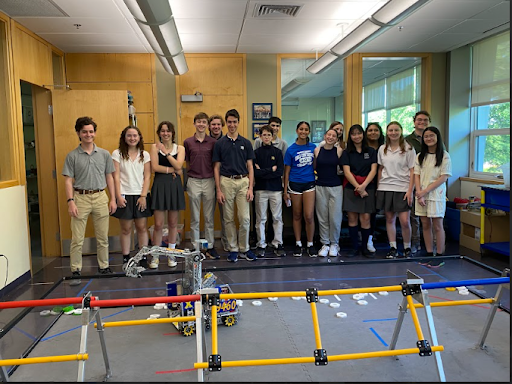The Costuming of Mrs. Harris Goes to Paris is a Historical Accuracy Masterpiece
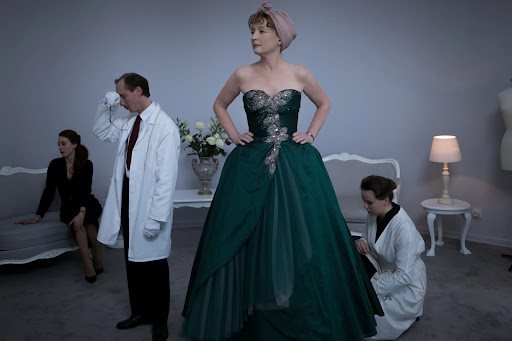
Looking for a shining example of historical accuracy in film? Look no further than Mrs. Harris Goes to Paris.
As an enjoyer of fashion history, I’m someone who is usually looking for the historical accuracy mistakes in movie costuming (Basically I’m really annoying to watch movies with). So, when I saw the nominees for Best Costume Design at the 2023 Oscars, I was excited to see that three out of the five were period films. However, one in particular got me very excited, and that was the costuming of Mrs. Harris Goes to Paris. Spoiler: this film did not win Best Costume Design at the 2023 Oscars. It actually lost out to the very different but equally deserving film Black Panther: Wakanda Forever. However, that does not take away the fact that the costuming in Mrs. Harris Goes to Paris is a historical accuracy masterpiece.
For starters, Mrs. Harris Goes to Paris, based on the 1958 novel by the same name, follows a widow named Ada Harris in the 1950s who works as a cleaning lady in England. When she sees a Christian Dior dress in one of the rooms she cleans, she decides she must have one of her own and sets off to Paris. The film is rated PG and is something I definitely recommend if you’re looking for a feel-good movie to watch. While the story is somewhat predictable, the costuming, done by Jenny Beavan, (who is no stranger to period costuming, as she won the Oscar for A Room With a View in 1985) is superb.
A year wasn’t mentioned in the film; however, it is mentioned that it takes place at the 10th anniversary fashion show of Dior’s “New Look,” placing it in 1957. The “New Look,” which debuted in 1947, was an ultra-feminine silhouette which featured a cinched waist and a full skirt (known as the “fit and flare” silhouette). This look was revolutionary on the fashion front, following the masculine and plain styles of the 1940s which had been a side effect of World War II. The “New Look” was a direct reaction to the way in which fashion took a backseat during wartime. As said in an article on dw.com titled, How Christian Dior Revolutionized Fashion 70 Years Ago, “…he presented an image of radical femininity, achieved by tight-fitting jackets with padded hips, petite waists, and A-line skirts.”
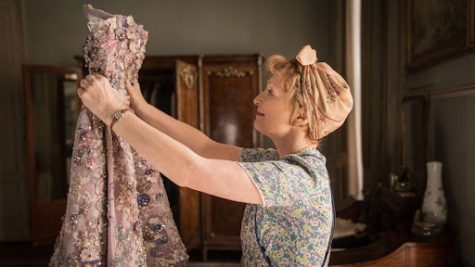
At the beginning of the film, we learn that Mrs. Harris’s husband died in World War II. Her costumes reflect that she is still stuck in the past, with her outfits being very 1940s inspired: utilitarian and plain. It’s clear that at this point in her life, she’s lost in a routine, and nothing has changed since her husband died. When she comes across a Dior dress in one of her client’s rooms, it acts as a wakeup call into the modern decade. I specifically appreciate this touch because when a style comes into popularity, people don’t simply throw away all of their clothes from the previous decade. It’s very believable that older characters specifically would wear styles inspired by previous eras. Mrs. Harris answers this wakeup call not only as she starts dressing more modernly, but as she opens herself up to finding love again and experiencing Paris.
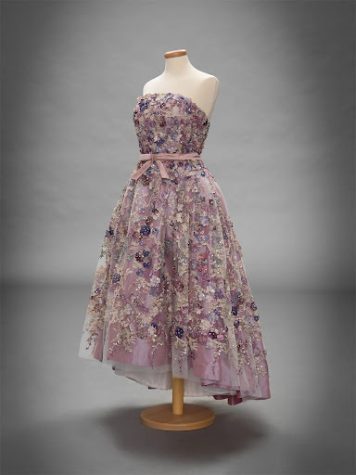
What specifically drew me into this film was the Dior dress she comes across in her client’s room, because in my opinion, it is costume designing perfection. Beavan took inspiration from the 1949 Spring/Summer collection by Dior, in order to give it historical accuracy while also creating something that would believably draw the character in. Because Mrs. Harris’s character has a deep admiration for flowers, Beavan included hand sewn floral embellishments in purple and pink shades. That attention to detail is very historically accurate, especially for this time period in particular, when quality garments like this took months to make. Beavan however, had significantly less time due to restrictions during the pandemic, making her work all the more impressive. The Oscar-nominated designer also had insider access to the Héritage Archives at Dior in Paris. While talking to The Hollywood Reporter, she shared: “I had the most fantastic afternoon in Paris with Madame Soizic Pfaff, who is the chief archivist. To see the real thing is absolutely amazing and to look inside to see exactly how Dior did his little inner corsets and boning.”
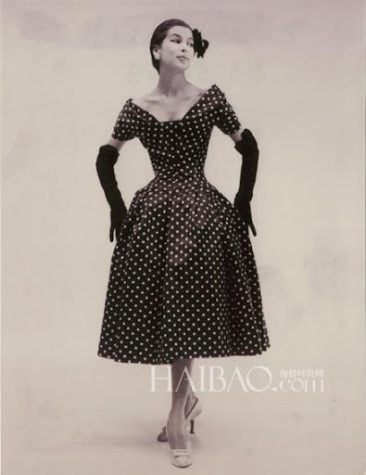

Some of the costumes were even borrowed directly from the Archives. (You can’t get more historically accurate than the actual artifacts) The character Natasha, who is the quintessential “Dior Girl,” was one of the characters who wore an original piece. In addition, Beavan and her team replicated over 16 other Dior looks exactly, going off of Dior’s original sketches, which were given to her along with fabric samples from the archives. She even went as far as to copy the materials and patterns of stitching, in order to replicate the effect that Dior was trying to accomplish during the late 1950s. There were also two dresses that Beavan created for the film, which directly took inspiration from looks she saw in the archives, while tweaking them ever so slightly to make it believable that they would draw Mrs. Harris in. “I wanted to honor Dior,” said Beavan in the same Hollywood Reporter interview. “I wanted to make sure it did not look like a Jenny Beavan attempt at Dior. I really, really wanted people to just believe and not worry about it.” Mrs. Harris Goes to Paris is a lesson in period film costuming, because it not only drives the plot forward in a believable way, but it does so without sacrificing historical accuracy.
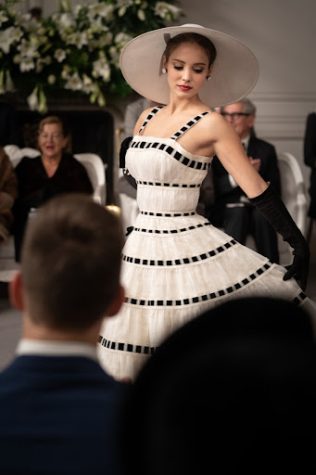
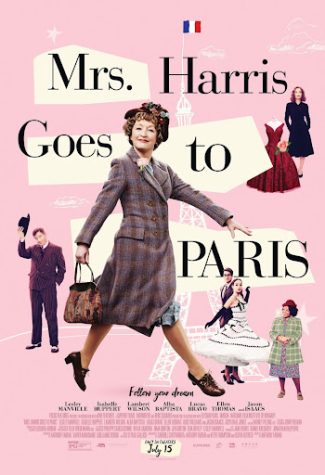
By Chloe Stefani ’24, Fashion Editor
24cstefani@montroseschool.org

